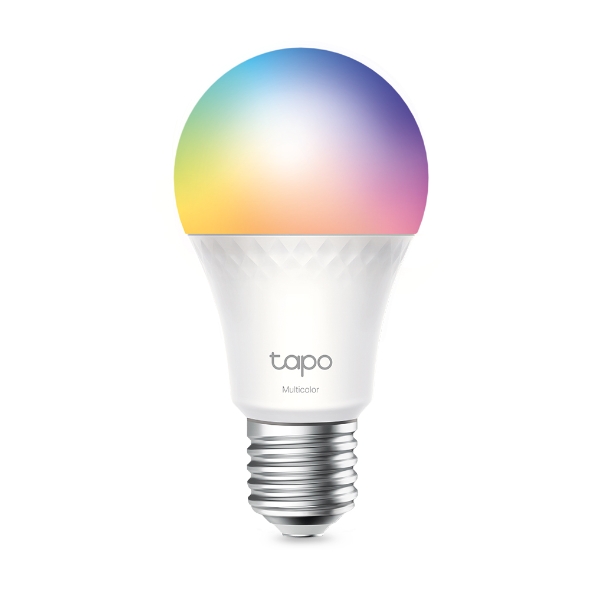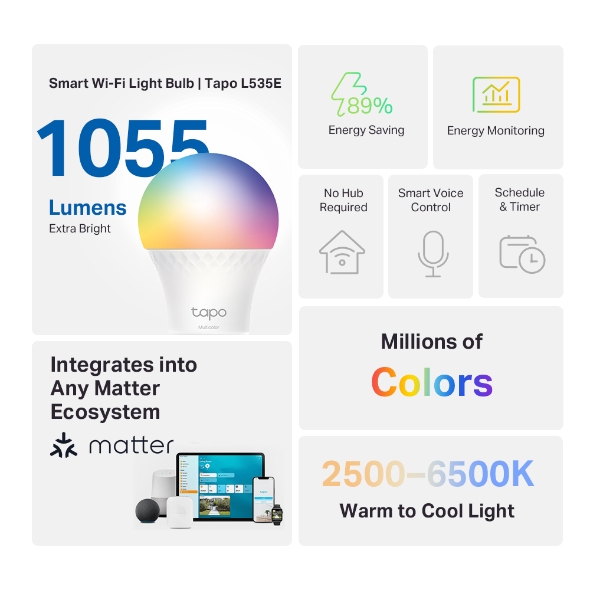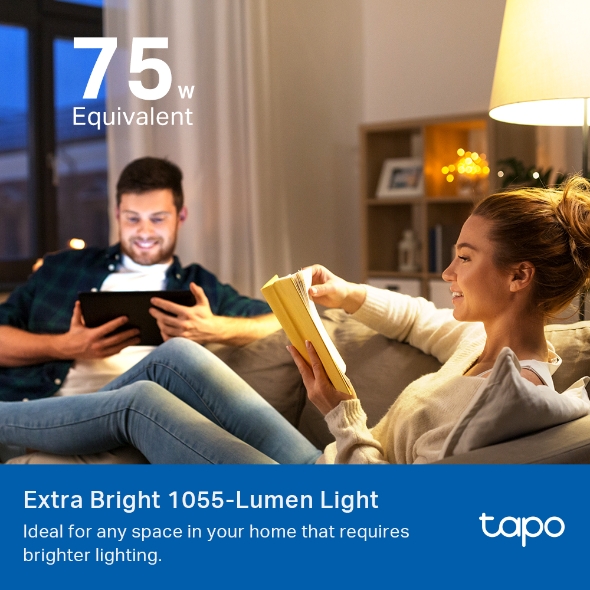Smart Wi-Fi Bulbs
-
Brand
-
Kasa
-
Tapo
-
-
Product Type
-
Smart LED Bulb
-
Spotlight Bulb
-
Light Strip
-
-
Lamp Base
-
E27/E26
-
B22
-
GU10
-
-
Light Color
-
Multicolor
-
Warm White
-
Daylight
-
-
Features
-
Dimmable
-
RGBICW Light Strips
-
RGBIC Light Strips
-
RGB Light Strips
-
Matter-Certified
-
Apple Homekit Supported
-
-
Brightness
-
Under 399 Lumens
-
400 - 899 Lumens
-
900 - 1199 Lumens
-
-
Tapo L610
Smart Wi-Fi Spotlight, Dimmable
-
4-pack
Tapo L610
Smart Wi-Fi Spotlight, Dimmable
- Rated Input Voltage: 220-240 V, 50/60 Hz
- Form Factor: GU10
- Wi-Fi Frequency: 2.4 GHz
- Color Temperature: 2,700 K
-
-
2-pack
Tapo L610
Smart Wi-Fi Spotlight, Dimmable
- Rated Input Voltage: 220-240 V, 50/60 Hz
- Form Factor: GU10
- Wi-Fi Frequency: 2.4 GHz
- Color Temperature: 2,700 K
-
-
1-pack
Tapo L610
Smart Wi-Fi Spotlight, Dimmable
- Rated Input Voltage: 220-240 V, 50/60 Hz
- Form Factor: GU10
- Wi-Fi Frequency: 2.4 GHz
- Color Temperature: 2,700 K
-
- Rated Input Voltage: 220-240 V, 50/60 Hz
- Form Factor: GU10
- Wi-Fi Frequency: 2.4 GHz
- Color Temperature: 2,700 K
-
-
Tapo L630
Smart Wi-Fi Spotlight, Multicolor
-
4-pack
Tapo L630
Smart Wi-Fi Spotlight, Multicolor
- Rated Input Voltage: 220-240 V, 50/60 Hz
- Form Factor: GU10
- Wi-Fi Frequency: 2.4 GHz
- Color Temperature: 2,200-6,500 K
-
-
2-pack
Tapo L630
Smart Wi-Fi Spotlight, Multicolor
- Rated Input Voltage: 220-240 V, 50/60 Hz
- Form Factor: GU10
- Wi-Fi Frequency: 2.4 GHz
- Color Temperature: 2,200-6,500 K
-
-
1-pack
Tapo L630
Smart Wi-Fi Spotlight, Multicolor
- Rated Input Voltage: 220-240 V, 50/60 Hz
- Form Factor: GU10
- Wi-Fi Frequency: 2.4 GHz
- Color Temperature: 2,200-6,500 K
-
- Rated Input Voltage: 220-240 V, 50/60 Hz
- Form Factor: GU10
- Wi-Fi Frequency: 2.4 GHz
- Color Temperature: 2,200-6,500 K
-
-
Tapo L900-20
Smart Wi-Fi Light Strip
- RGB
- 4× 5 m / 4× 16.4 ft
- 16 Million Colors
- Control via App or Voice
-
-
Tapo L930-10
Smart Wi-Fi Light Strip, Multicolor
- RGBICW
- 2× 5 m / 2× 16.4 ft
- 16 Million Colors
- Segmented Color Control
- 2500-6500K Warm to Cool Light
- Control via App or Voice
-
-
Tapo L900-5
LED Light Strip (Smart WiFi)
- RGB
- 5 m / 16.4 ft
- 16 Million Colors
- Control via App or Voice
-
-
Tapo L930-5
Smart Wi-Fi Light Strip, Multicolor
- RGBICW
- 5 m / 16.4 ft
- 16 Million Colors
- Segmented Color Control
- 2500-6500K Warm to Cool Light
- Control via App or Voice
-
-
Tapo L535E
Smart WiFi Light Bulb, Multicolor
-
2-pack
Tapo L535E
Smart WiFi Light Bulb, Multicolor
- A60, E27
- 16 Million Colors
- 2500-6500K Warm to Cool Light
- 1055 Lumens
- Control via App or Voice
- Compatible with Matter
-
-
1-pack
Tapo L535E
Smart WiFi Light Bulb, Multicolor
- A60, E27
- 16 Million Colors
- 2500-6500K Warm to Cool Light
- 1055 Lumens
- Control via App or Voice
- Compatible with Matter
-
- A60, E27
- 16 Million Colors
- 2500-6500K Warm to Cool Light
- 1055 Lumens
- Control via App or Voice
- Compatible with Matter
-
Why You Should Consider a Getting Smart Bulb
As LED lights are readily available, here comes its evolution: the smart bulb. At first glance, it looks like the lights we know. But it is not. When you have a smart home, it can be especially helpful. Do you not feel like manually turning the lights on? Do a voice command. Set a schedule when it is needed. The smart lights can adjust to your settings. Doing so reduces the time and effort when you want to handle lights.
You can also get a smart bulb when you want to upgrade your home. Smart bulbs are not limited to smart houses and do more than promised. As long as you know how to handle it, it can be a good investment. Here are some things you can consider about smart bulbs.
Controlled with a smart device or app
You can control smart bulbs through your smart device via an app. It is up to you how you want to control the light.
The light’s schedule will automatically turn the lights on and off on the app or device. You can also configure the light through brightness, motion sensing, voice activation, or simply switching off like a remote control. The settings can also vary in the rooms you enter or exit. For example, the bathroom’s light can be turned on with motion sense if one is inside. It will automatically turn off when the person exits.
It all depends on which room would get the best way to have the lights used. There is no right or wrong. You could even turn on a lamp with a voice command instead of using the switch. Is it too bright? You can dim the lights down to your preference.
Savings in electricity
Your electricity bills will be lowered since you are in charge of the smart bulb. The same can be said for LED lights, but you are more aware of which lights are open. Some people do prefer a low brightness in their rooms. It improves ambiance while also saving money.
If you want to leave the room, the settings can turn the smart bulbs off if you want to leave the room. The setting makes it easier not to forget to turn the lights off. If you are not at the house, you will not worry about extra charges on the bill.
Longevity of use
On average, one smart bulb can last as long as 15,000 to 25,000 hours. Standard LEDs last 25,000 to 50,000 hours, but you cannot control them. It begs the question: are LEDs better? Yes, but since smart bulbs are also made of LEDs, good management can last longer. How? You are the one who can determine which light will be used. Since you have control, you can manage the smart bulbs at your leisure.
Color change of ambient light
Lights can determine the mood. With smart bulbs, you can control which color suits the light best. Not only can you change between daylight and warm light, but there are also smart bulbs that feature many colors. For example, it is possible to have a red light in one room while in another, it has a myriad of hues depending on the time of day. You can set the schedule on which color will be lit through the device. Sometimes it can depend on your mood of the day.
Smart bulbs give an upgrade to the existing LED. With its energy-efficient structure, you can have a personalized approach to your lighting. Having it controlled through smart devices makes management better. The lights can fit into any home, making it accessible too. So to improve your lighting experience, consider using a smart bulb.
This website uses cookies to improve website navigation, analyze online activities and have the best possible user experience on our website. You can object to the use of cookies at any time. You can find more information in our privacy policy . Don’t show again
Your Privacy Choices
This website uses cookies to improve website navigation, analyze online activities and have the best possible user experience on our website. You can object to the use of cookies at any time. You can find more information in our privacy policy . Don’t show again
These cookies are necessary for the website to function and cannot be deactivated in your systems.
TP-Link
accepted_local_switcher, tp_privacy_banner, tp_privacy_base, tp_privacy_marketing, tp_top-banner, tp_popup-bottom, tp_popup-center, tp_popup-right-middle, tp_popup-right-bottom, tp_productCategoryType
Youtube
id, VISITOR_INFO1_LIVE, LOGIN_INFO, SIDCC, SAPISID, APISID, SSID, SID, YSC, __Secure-1PSID, __Secure-1PAPISID, __Secure-1PSIDCC, __Secure-3PSID, __Secure-3PAPISID, __Secure-3PSIDCC, 1P_JAR, AEC, NID, OTZ
Analysis cookies enable us to analyze your activities on our website in order to improve and adapt the functionality of our website.
The marketing cookies can be set through our website by our advertising partners in order to create a profile of your interests and to show you relevant advertisements on other websites.
Google Analytics & Google Tag Manager
_gid, _ga_<container-id>, _ga, _gat_gtag_<container-id>
Google Ads & DoubleClick
test_cookie, _gcl_au
Meta Pixel
_fbp
Crazy Egg
cebsp_, _ce.s, _ce.clock_data, _ce.clock_event, cebs
lidc, AnalyticsSyncHistory, UserMatchHistory, bcookie, li_sugr, ln_or

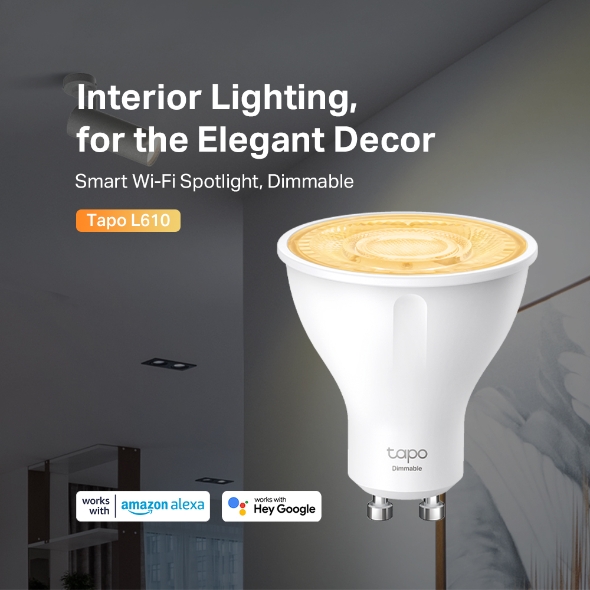
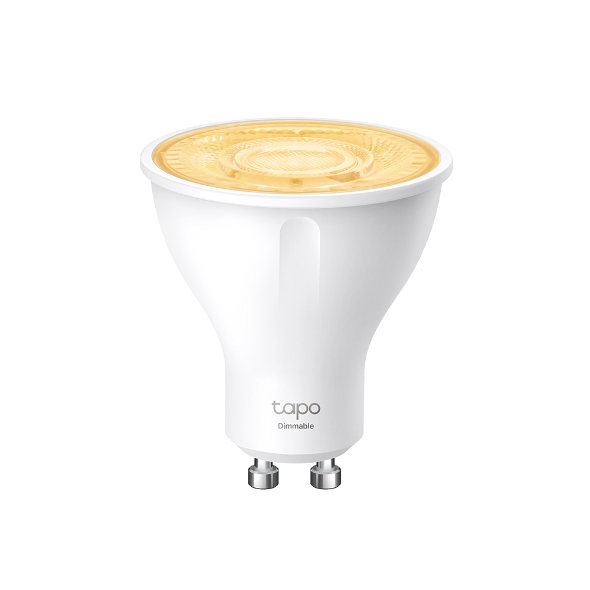
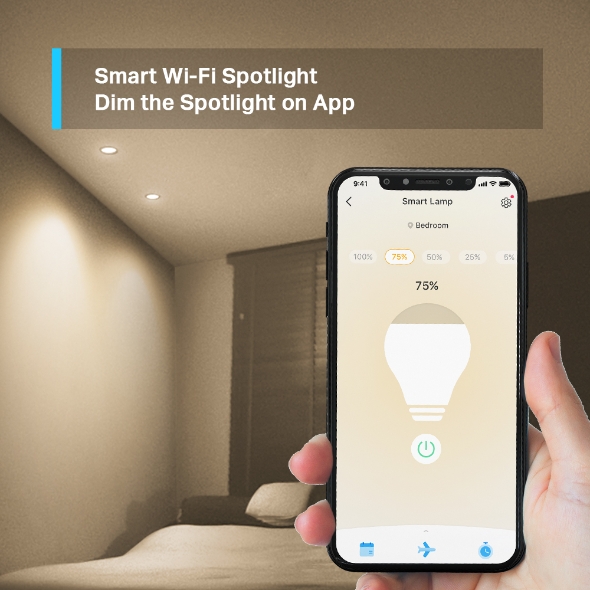

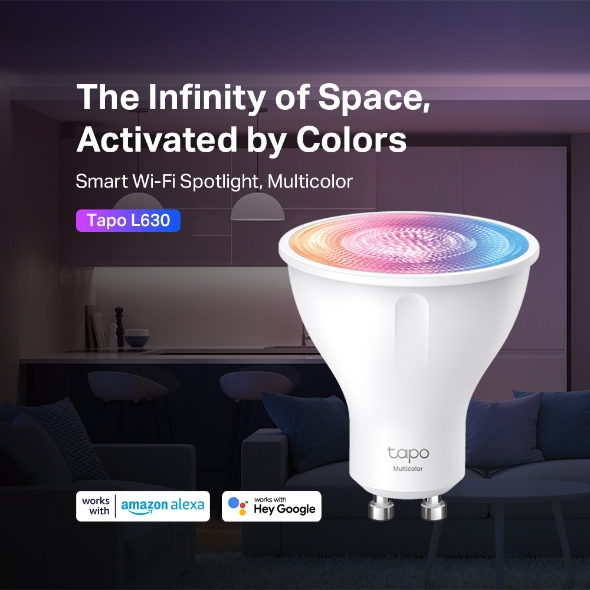
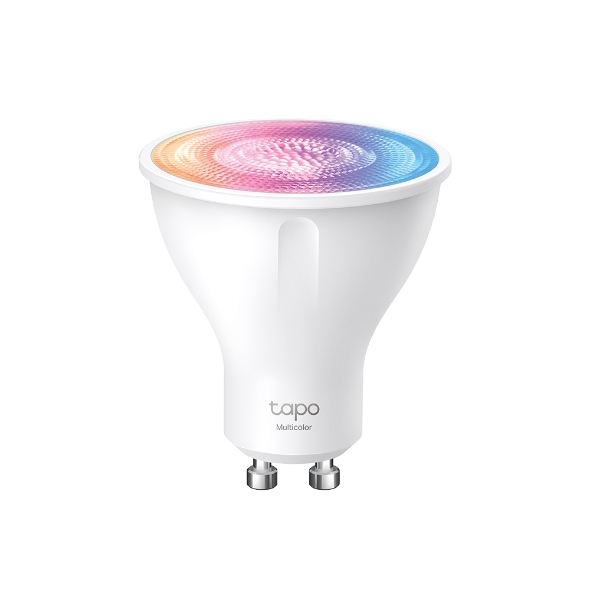
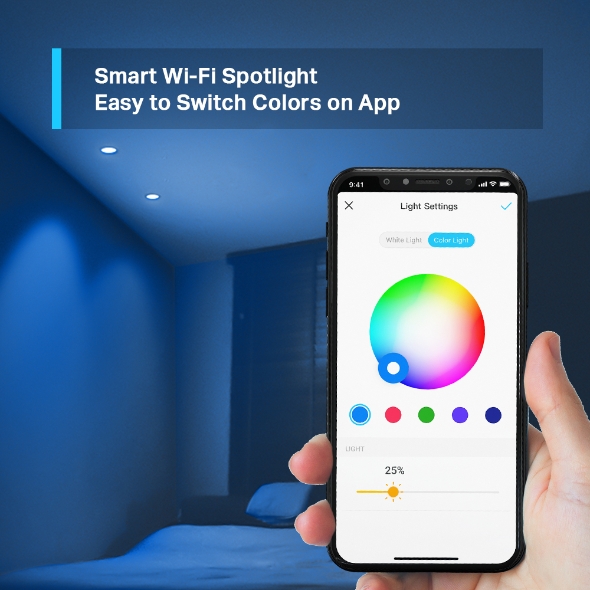


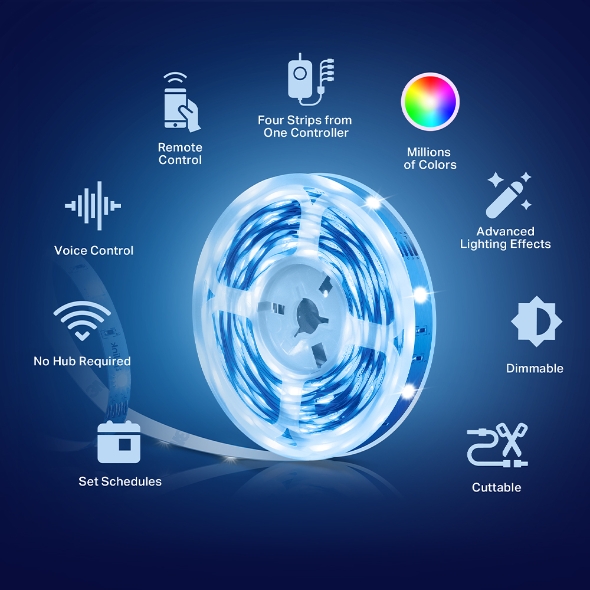
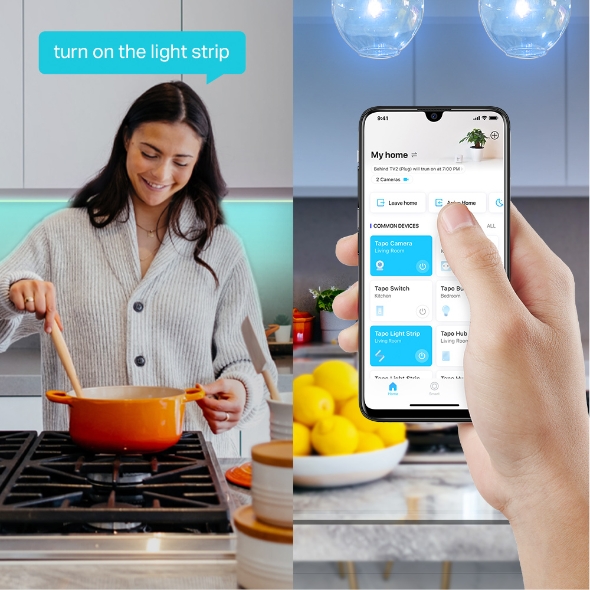

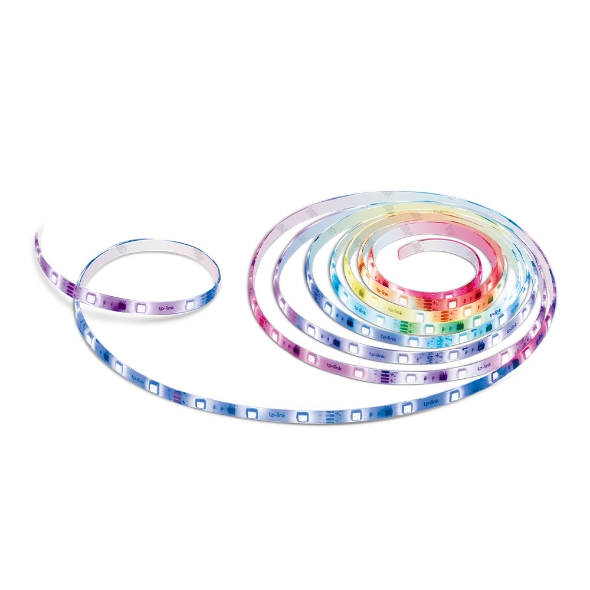
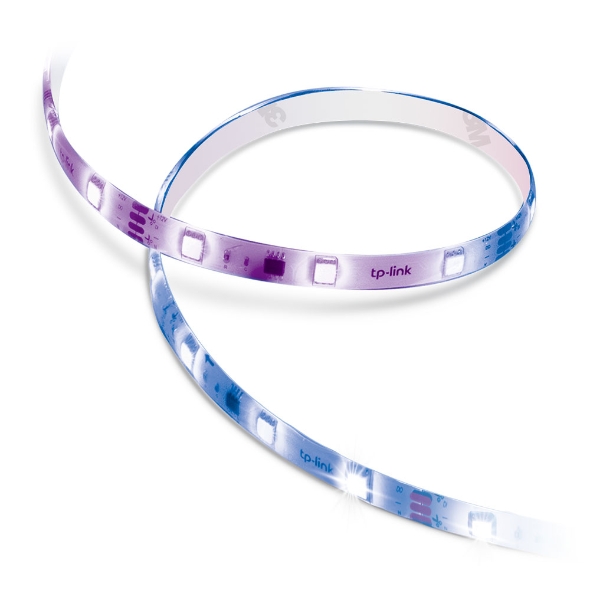


1.0-Web-2_normal_20230224071723q.jpg)
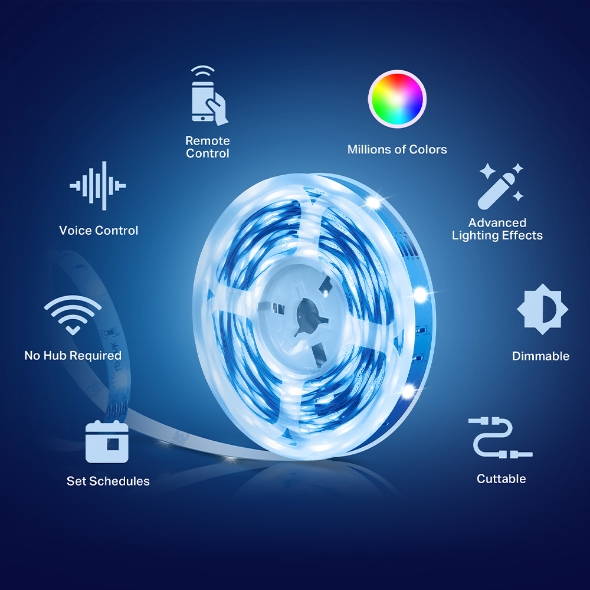
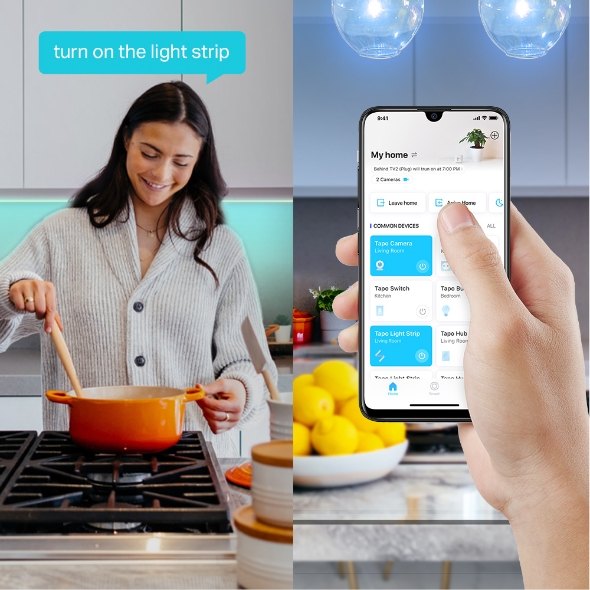

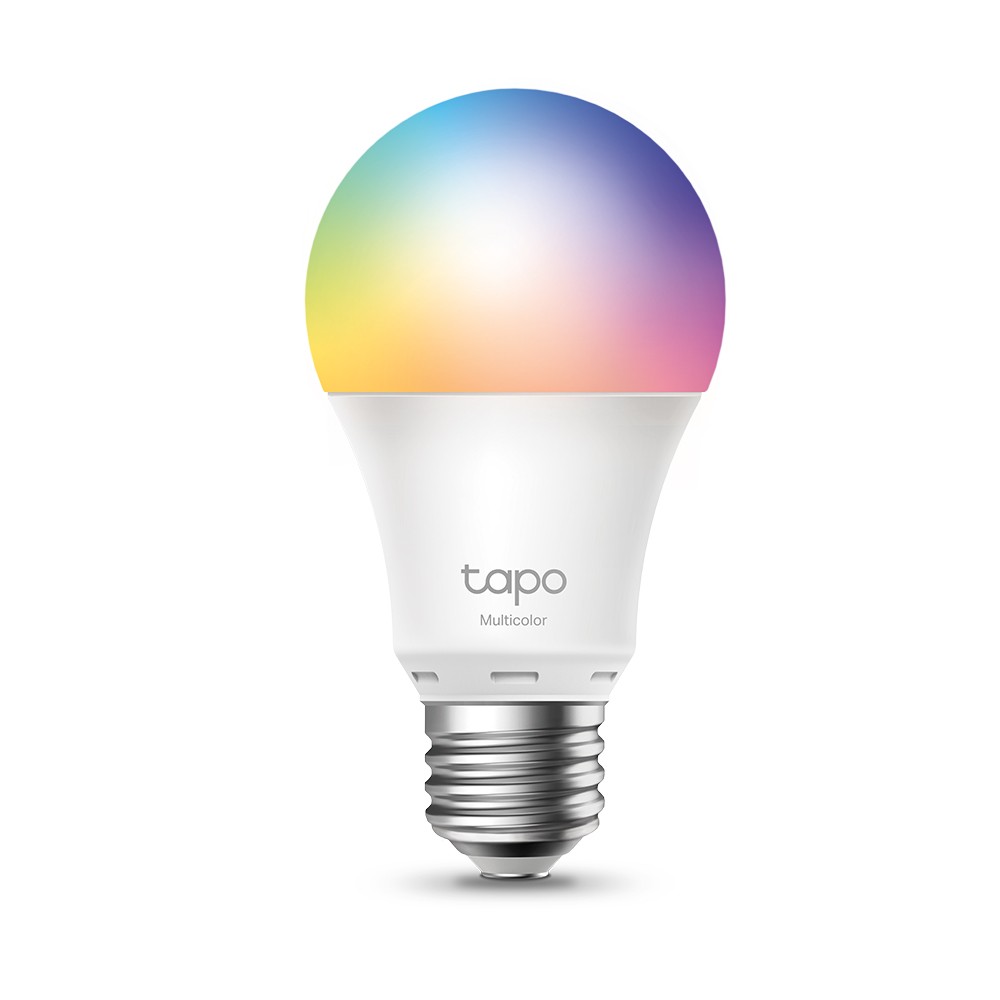
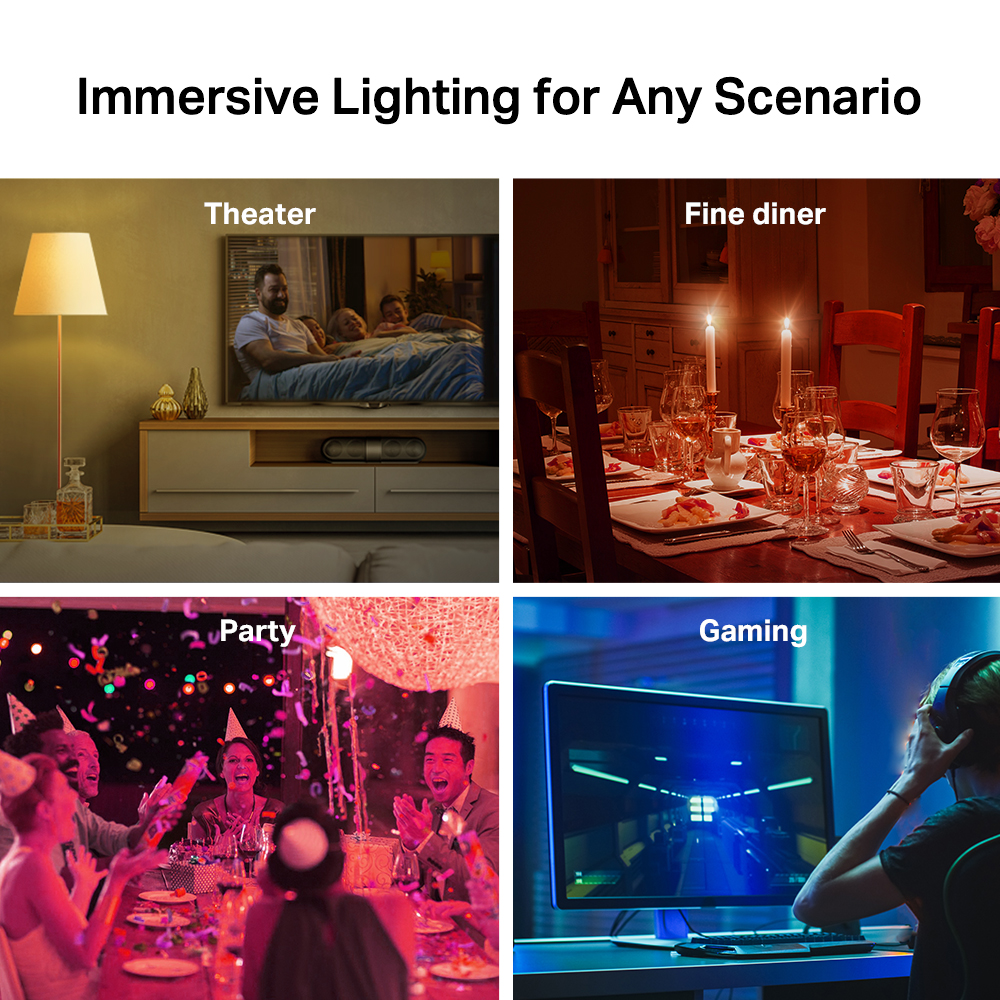
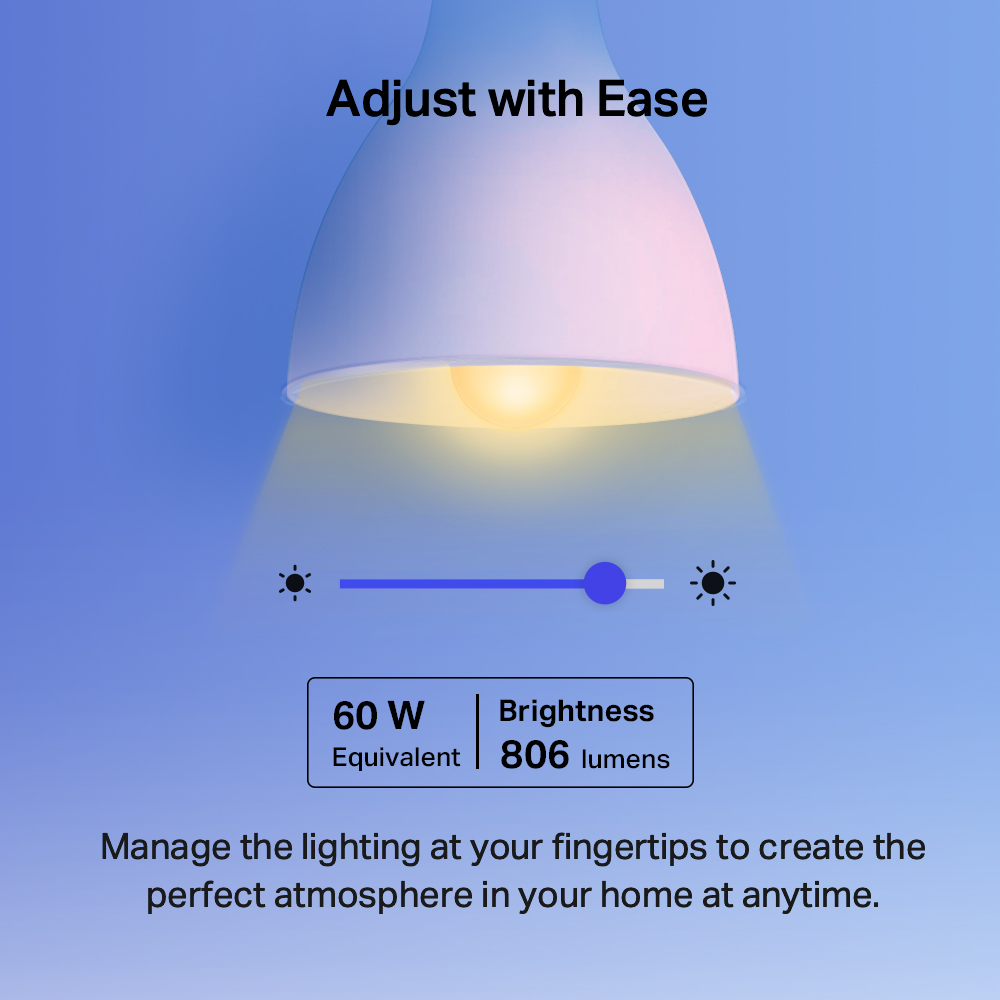

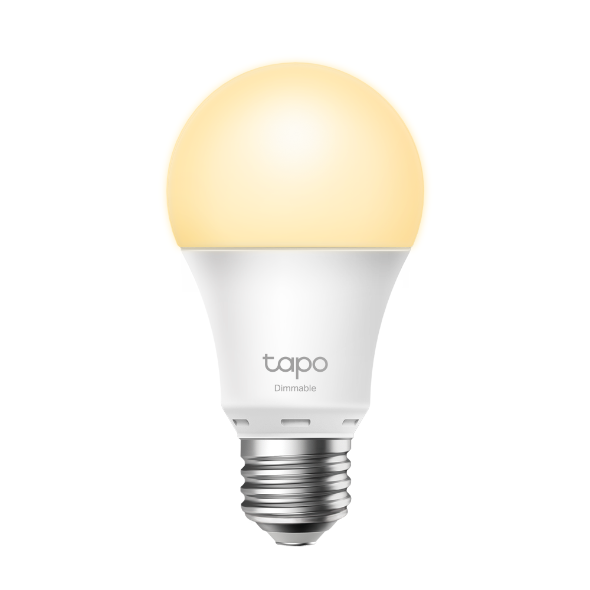
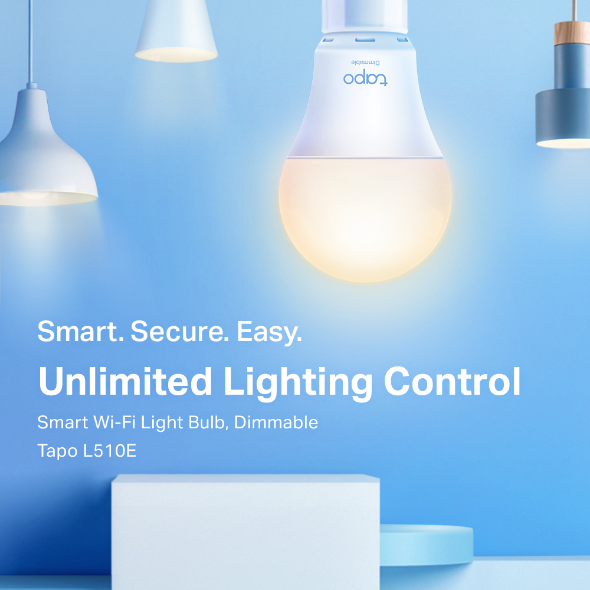
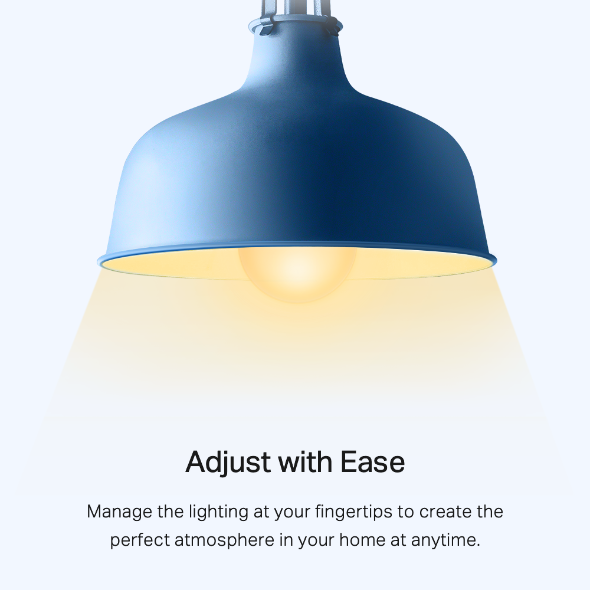









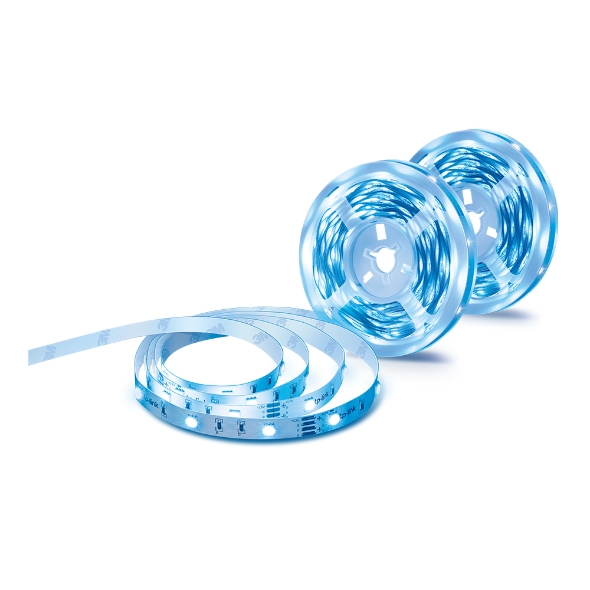
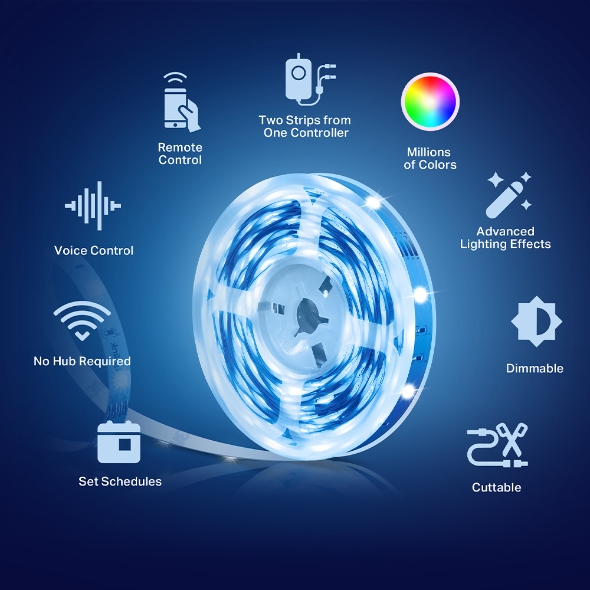
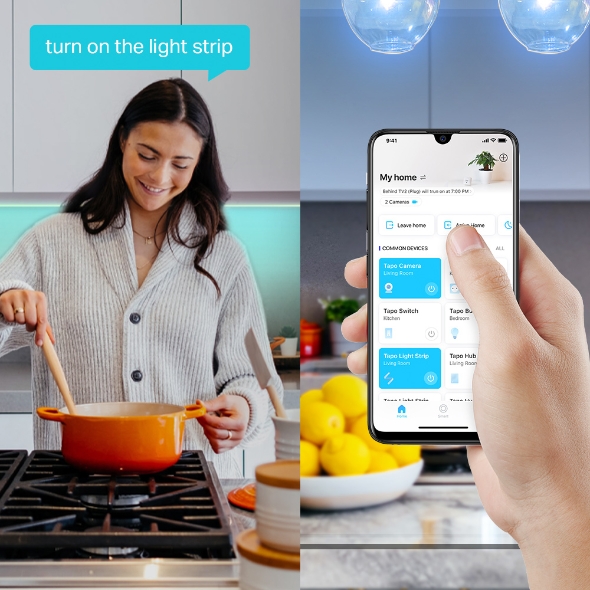

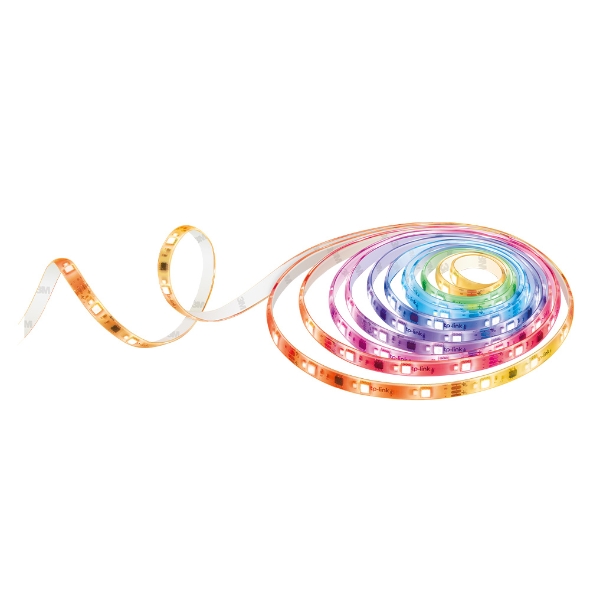

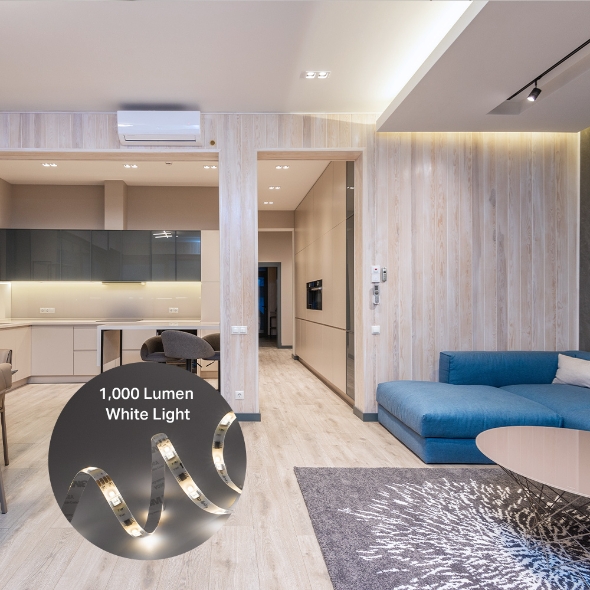

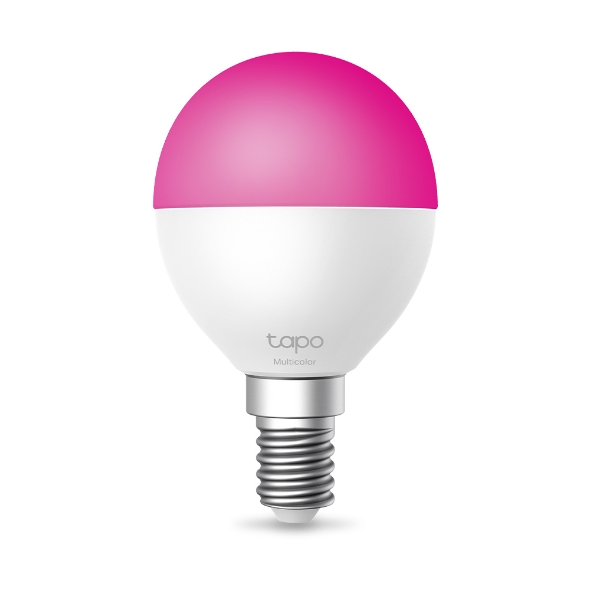
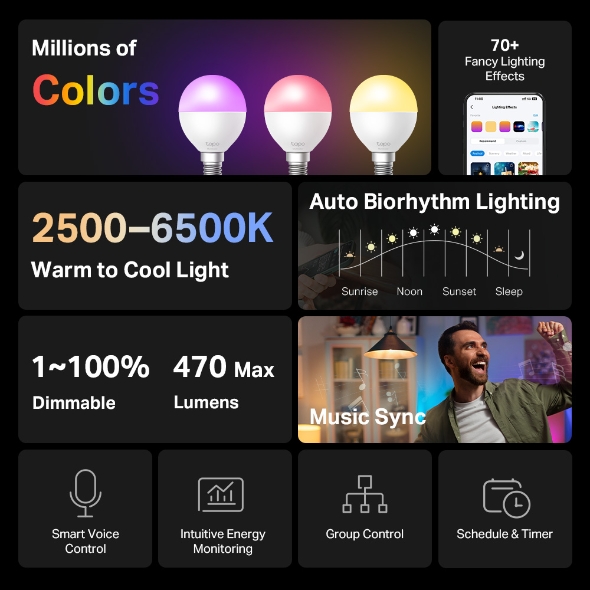
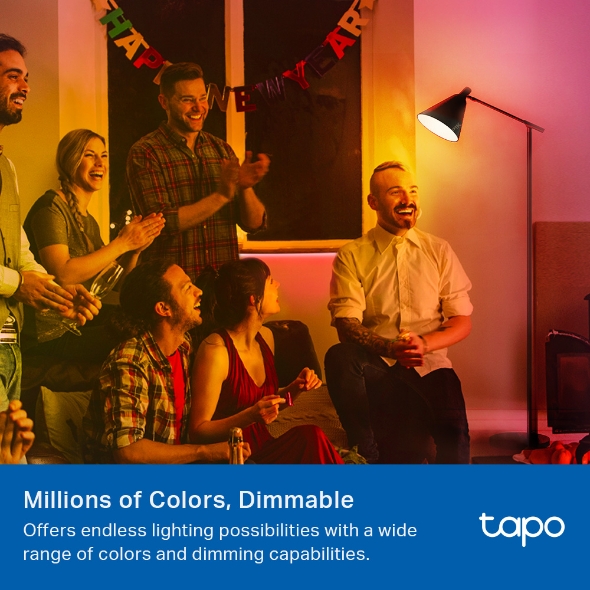

_normal_20240708075451y.jpg)



